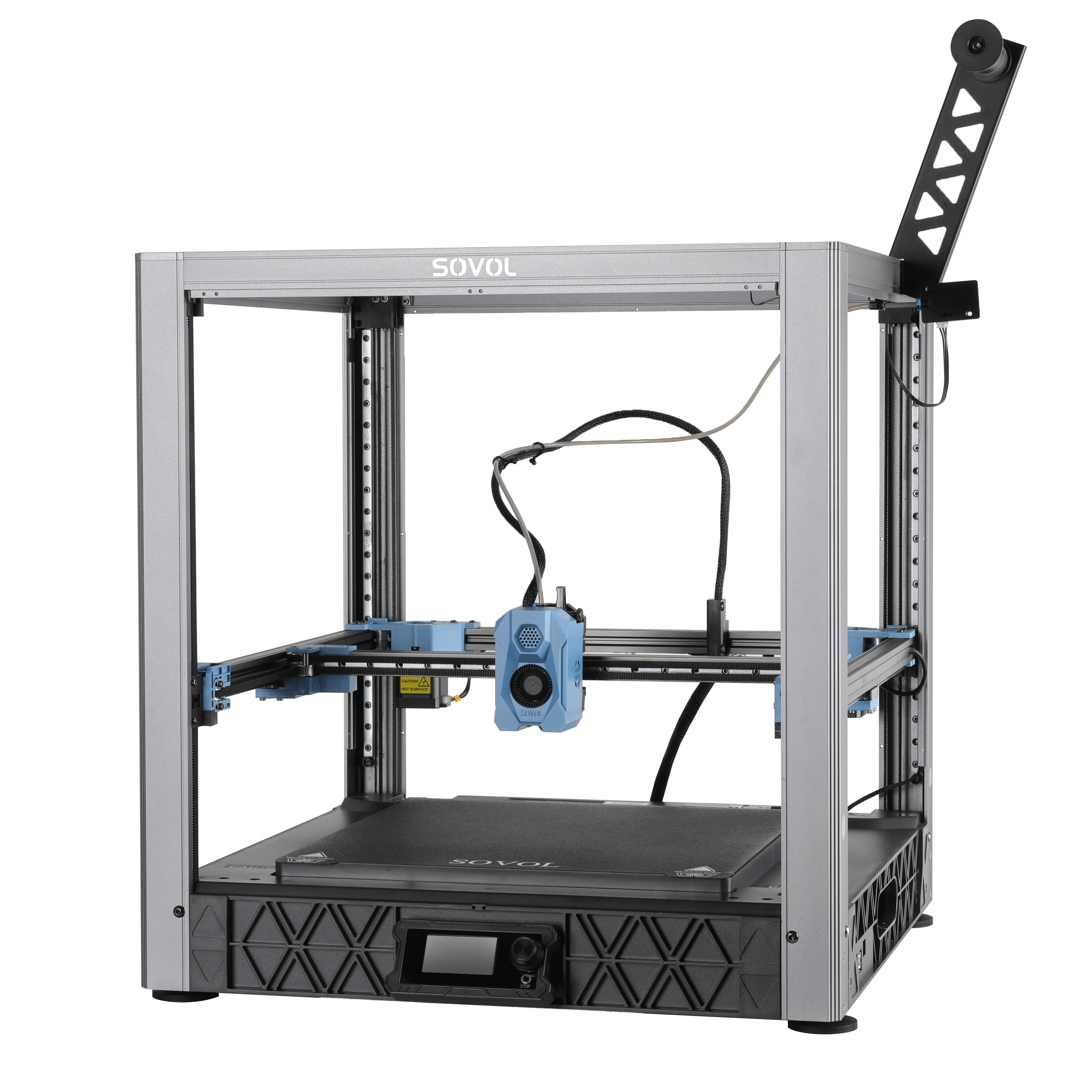

Thanks for the lead! That might be it, I saw a big blob of goop leaking from it the first time I heated it. I’ll rebuild the hotend when I have time. There an extra nozzle in the kit.
Edit:

Here is a comparison between an old benchy done with my Ender-3 and three with the SV-08. The surface finish with the Ender 3 is much more consistent and the PETG is a lot shinier. Maybe speed is a factor too. Shoud I try and slow the SV08 down a notch?






















Here is a comparison between an old benchy done with my Ender-3 and three with the SV-08